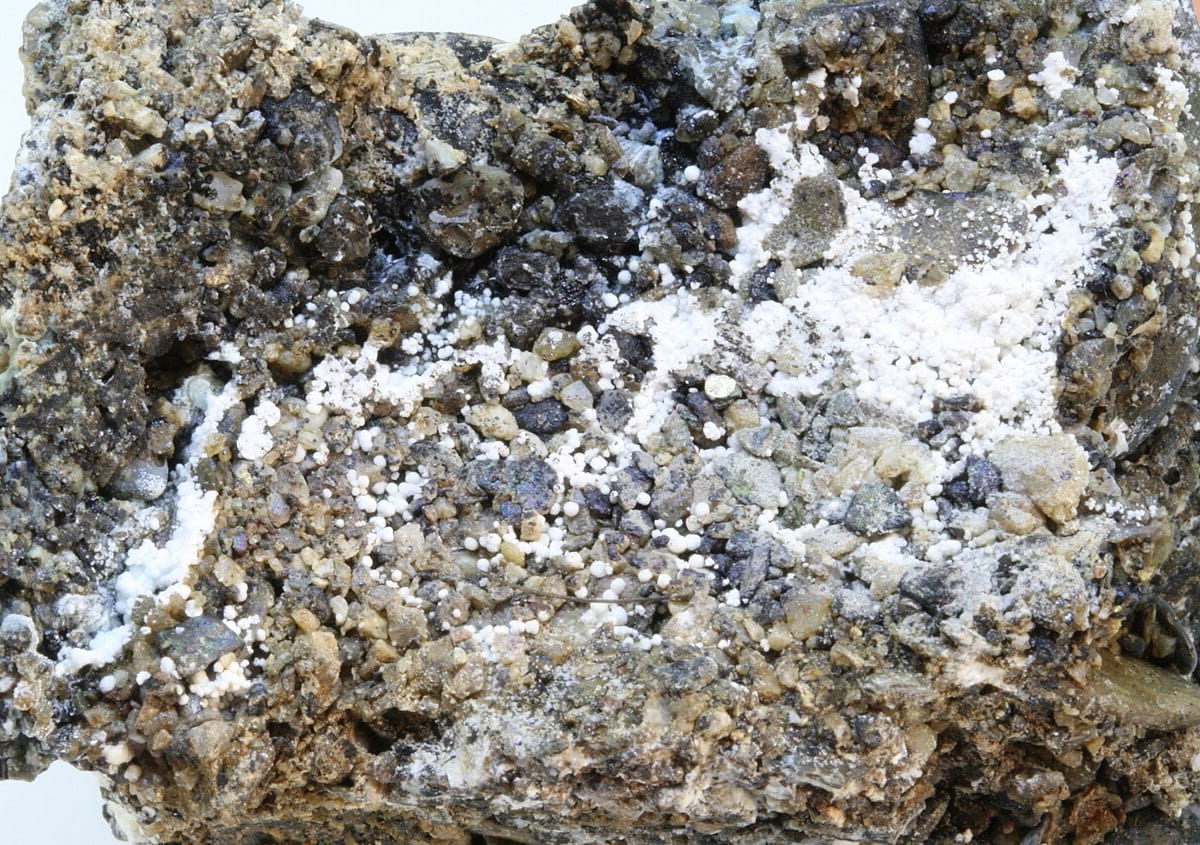
Felsőbányaite might sound like a mouthful, but this mineral holds some fascinating secrets. Found primarily in Hungary, it’s a rare aluminum sulfate mineral that has intrigued geologists and mineral enthusiasts alike. What makes felsőbányaite special? Its unique crystal structure and formation process. This mineral forms in volcanic environments, often appearing as white or colorless crystals. It’s not just its rarity that makes it interesting; felsőbányaite also has a rich history tied to the mining regions of Europe. Whether you’re a budding geologist or just curious about the natural world, learning about felsőbányaite can open up a whole new perspective on the minerals that make up our planet. Ready to dive into some cool facts about this intriguing mineral? Let’s get started!
Key Takeaways:
- Felsőbányaite is a rare mineral found in Hungary, with unique properties that make it valuable for scientific research and mineral collections. Its solubility in water and association with other minerals provide clues about ancient geological processes.
- The discovery and study of Felsőbányaite have contributed to our understanding of hydrothermal systems and the history of the Earth. Its fibrous structure, solubility, and association with other minerals make it a fascinating subject for researchers and collectors alike.
What is Felsőbányaite?
Felsőbányaite is a rare mineral with a fascinating history and unique properties. Found primarily in Hungary, it has intrigued geologists and mineral enthusiasts alike. Here are some intriguing facts about this mineral.
-
Felsőbányaite is named after the town of Felsőbánya in Hungary, where it was first discovered.
-
This mineral is a type of aluminum sulfate, specifically Al4(SO4)(OH)10·4H2O.
-
It typically forms in hydrothermal environments, where hot, mineral-rich water interacts with rocks.
-
Felsőbányaite often appears as white or colorless crystals, but can also be found in shades of yellow or green.
-
The crystals are usually small, often forming fibrous or needle-like structures.
-
It has a Mohs hardness of 2.5, making it relatively soft compared to other minerals.
-
Felsőbányaite has a specific gravity of 2.42, which is considered light for a mineral.
-
It is often found in association with other minerals such as alunogen, gypsum, and epsomite.
-
The mineral is soluble in water, which means it can dissolve over time when exposed to moisture.
-
Felsőbányaite is often used in scientific research to study hydrothermal processes and mineral formation.
Historical Significance of Felsőbányaite
The discovery and study of Felsőbányaite have provided valuable insights into geological processes and the history of the Earth.
-
The mineral was first described in 1868 by Hungarian mineralogist József Sándor Krenner.
-
Its discovery in Hungary helped to establish the region as an important site for mineralogical research.
-
Felsőbányaite has been found in other locations around the world, including the United States, Italy, and Germany.
-
The study of Felsőbányaite has contributed to our understanding of the formation of sulfate minerals in hydrothermal environments.
-
It has also provided clues about the conditions that existed in ancient hydrothermal systems.
-
The mineral's unique properties have made it a subject of interest for researchers studying the behavior of aluminum in natural systems.
-
Felsőbányaite has been used as a reference material in the development of analytical techniques for studying minerals.
-
Its solubility in water has made it useful for studying the interactions between minerals and aqueous solutions.
-
The mineral has also been used in experimental studies to simulate the conditions of hydrothermal systems.
-
Felsőbányaite continues to be an important subject of research in the field of mineralogy.
Unique Properties of Felsőbányaite
Felsőbányaite's unique chemical and physical properties make it a fascinating subject for study and collection.
-
The mineral's fibrous structure can create interesting and intricate crystal formations.
-
Its solubility in water means that it can form and dissolve relatively quickly in natural environments.
-
Felsőbányaite can act as a natural indicator of hydrothermal activity in a region.
-
The presence of Felsőbányaite can suggest the past or present existence of hot, mineral-rich water systems.
-
Its relatively low hardness makes it easy to scratch or damage, requiring careful handling by collectors.
-
Felsőbányaite's light weight and solubility make it a unique addition to mineral collections.
-
The mineral's association with other sulfate minerals can provide insights into the geochemical conditions of its formation.
-
Felsőbányaite's chemical composition can vary slightly depending on the specific conditions of its formation.
-
The mineral's ability to form in a variety of colors adds to its aesthetic appeal for collectors.
-
Felsőbányaite's rarity and unique properties make it a valuable and intriguing subject for ongoing research and exploration.
The Final Word on Felsőbányaite
Felsőbányaite, a mineral with a name that's a mouthful, holds fascinating secrets. Found mainly in Hungary, this mineral is a hydrated aluminum phosphate. Its unique crystal structure and rarity make it a gem for collectors and geologists alike. While not widely known, its significance in the mineral world can't be understated. From its discovery in the 19th century to its current status, felsőbányaite continues to intrigue. Whether you're a seasoned geologist or just curious, learning about this mineral adds a new layer to your knowledge. So next time you hear about felsőbányaite, you'll know it's more than just a hard-to-pronounce name. It's a piece of Earth's history, waiting to be explored.
Frequently Asked Questions
Was this page helpful?
Our commitment to delivering trustworthy and engaging content is at the heart of what we do. Each fact on our site is contributed by real users like you, bringing a wealth of diverse insights and information. To ensure the highest standards of accuracy and reliability, our dedicated editors meticulously review each submission. This process guarantees that the facts we share are not only fascinating but also credible. Trust in our commitment to quality and authenticity as you explore and learn with us.
